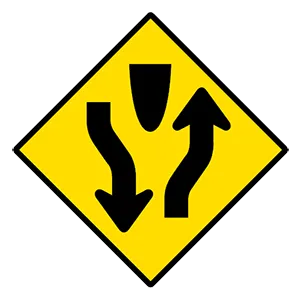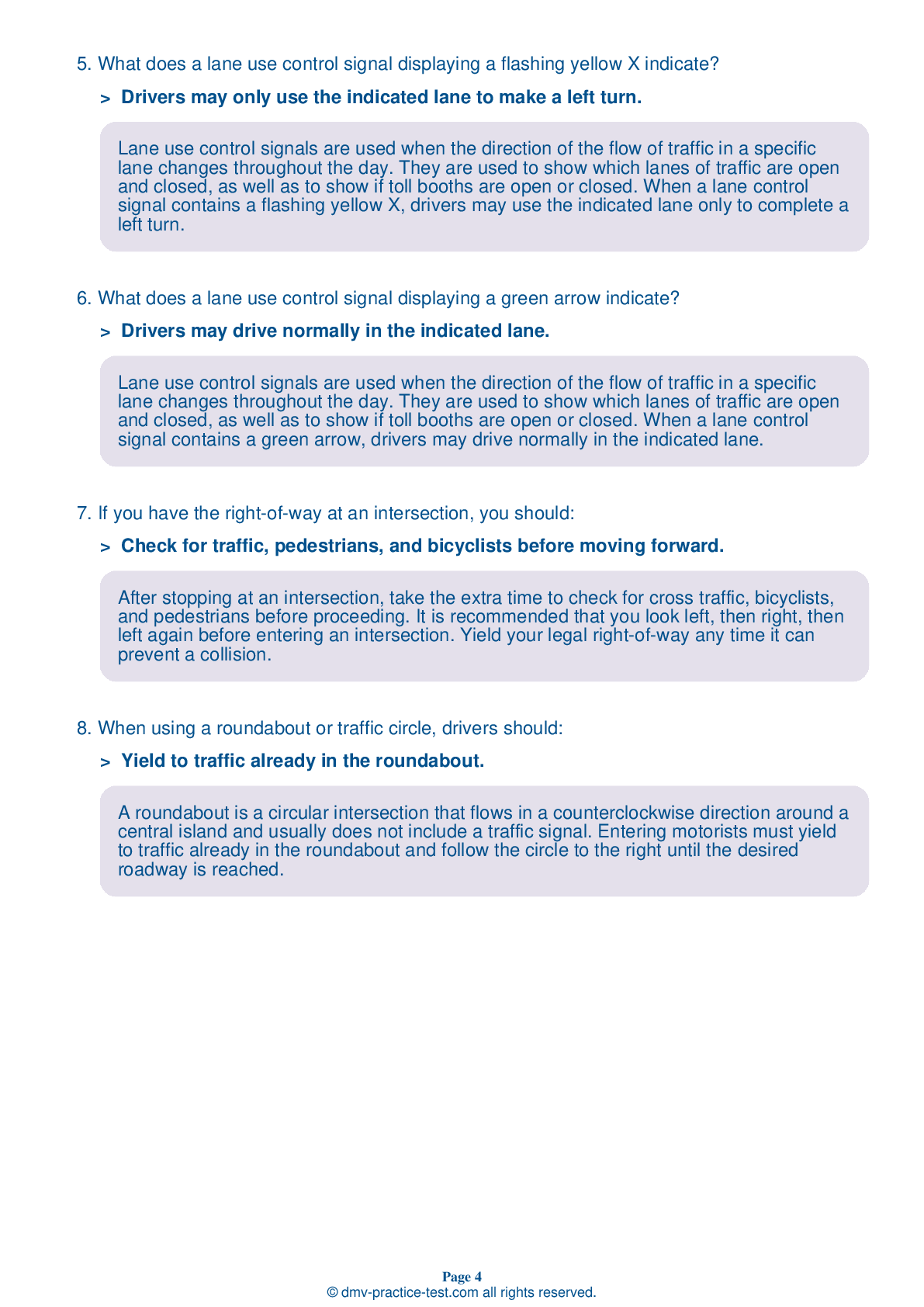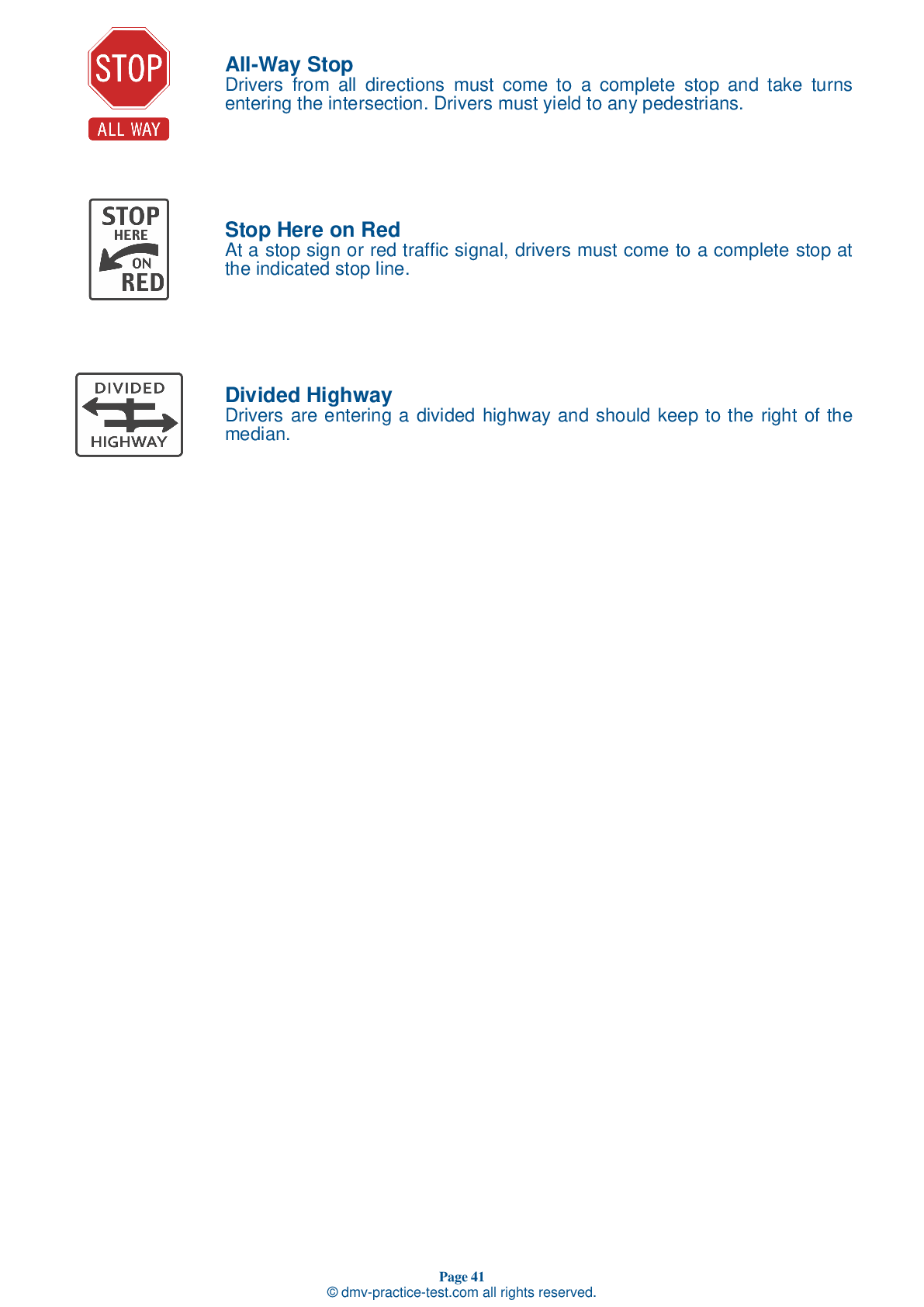FREE Maine DMV Practice Test #12 Page 4 of 7
For January 2025, Maine's DMV practise exams have been updated. It includes questions based on the most important traffic signals and legislation for 2025 from the Maine Driver Handbook. To study for the DMV driving permit test and driver's licence exam, use actual questions that are very similar (often identical!) to the DMV driving permit test and driver's licence exam.
Each question on the practise exam has a tip and explanation to help you recall the ideas. Questions about traffic rules, traffic signs, and driving statutes, as well as knowledge from the Driver Handbook, will be included in the written portion of the official Maine DMV test.
You must properly answer 50 of the 60 questions to receive a passing mark. To help you prepare for your Maine instruction permit or driver's licence, take our DMV practise test.
The DMV exam is offered in a variety of languages.
Using any form of testing help will result in an automatic fail, and the DMV may take further action against your driver's licence, so avoid it.
25 . Drivers should be most alert to possible deer and moose encounters:
Although collisions can happen any time of the day, moose and deer are most active around dawn and dusk. They also travel at night. Be especially alert after sunset because dark-colored animals can be very hard to see until they are right in front of your headlights.
26 . Hydroplaning occurs when tires ride on a thin film of water instead of on the road. To prevent hydroplaning in wet weather, you should:
Hydroplaning is caused by driving too fast on a wet road. Slow down when driving on wet pavement to prevent hydroplaning.
27 . If another driver cuts you off in traffic, you should:
To avoid the dangers of road rage, you should never take it personally if another driver cuts you off in traffic. Just let it go and continue driving safely.
28 . When driving on slick roads, you should:
While it is always dangerous to drive too fast on slippery roads, this is especially true when driving in turns and curves. Be sure to approach them more slowly in slippery conditions than you would under normal circumstances.
29 . This road sign means:

This sign indicates that a divided highway begins ahead. The road splits into two one-way roadways separated by a median or divider. You must keep to the right.
30 . A red flashing traffic light has the same meaning as a:
A red flashing traffic signal has the same meaning as a stop sign. When approaching a red flashing signal, come to a complete stop and proceed when it is safe to do so. A stop sign may sometimes also be posted where this signal is located.
31 . When approaching an uncontrolled intersection, a driver should:
At an intersection where there is no stop sign or traffic signal, you should yield to a vehicle approaching the intersection from the right. However, always be prepared to yield to avoid a crash. Do this by taking your foot off the accelerator, covering the brake, and looking left, right, and left again.
32 . "No zones" are areas around trucks where cars:
"No zones" are areas around trucks or buses in which cars disappear into the larger vehicle's blind spots. "No zones" can also be defined as areas in which cars are so close to the larger vehicle that they restrict the truck or bus driver’s ability to stop and maneuver safely. A car being in a "No zone" greatly increases the potential for a crash.
See the exact questions that will be on the 2025 Maine DMV exam.
99.2% of people who use the cheat sheet pass the FIRST TIME
LT gives us an insight on how the cheat sheet provided her with all the study questions she needed before taking her test.
Joe initially studied with the handbook and failed his test, he eventually found us online, studied and pass his test the first time around.



